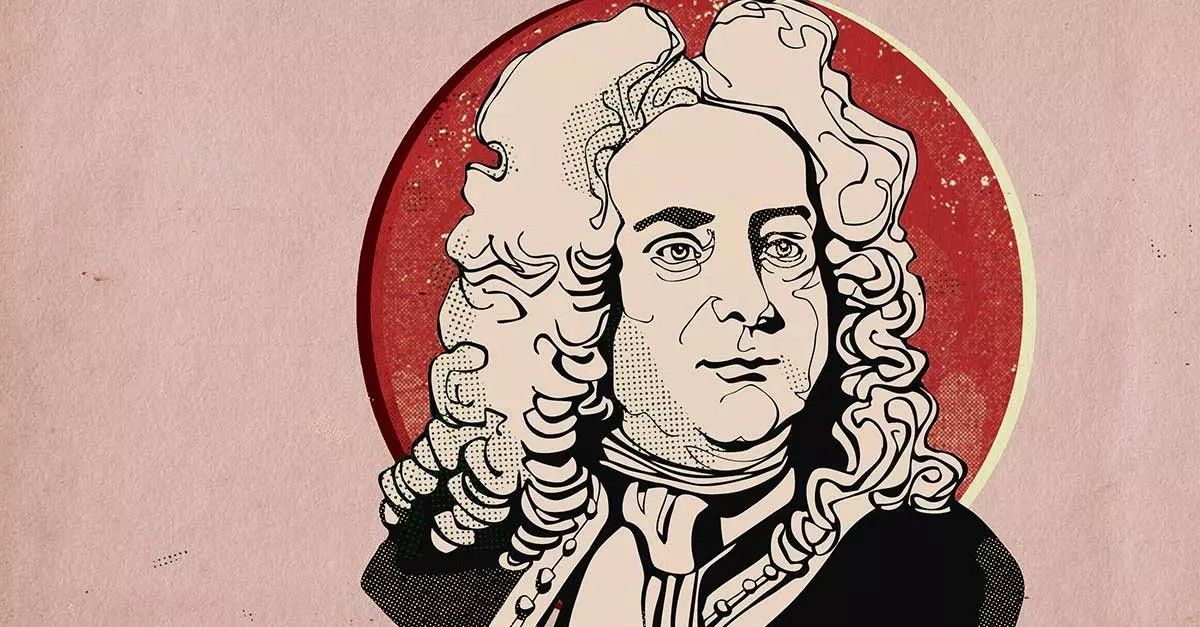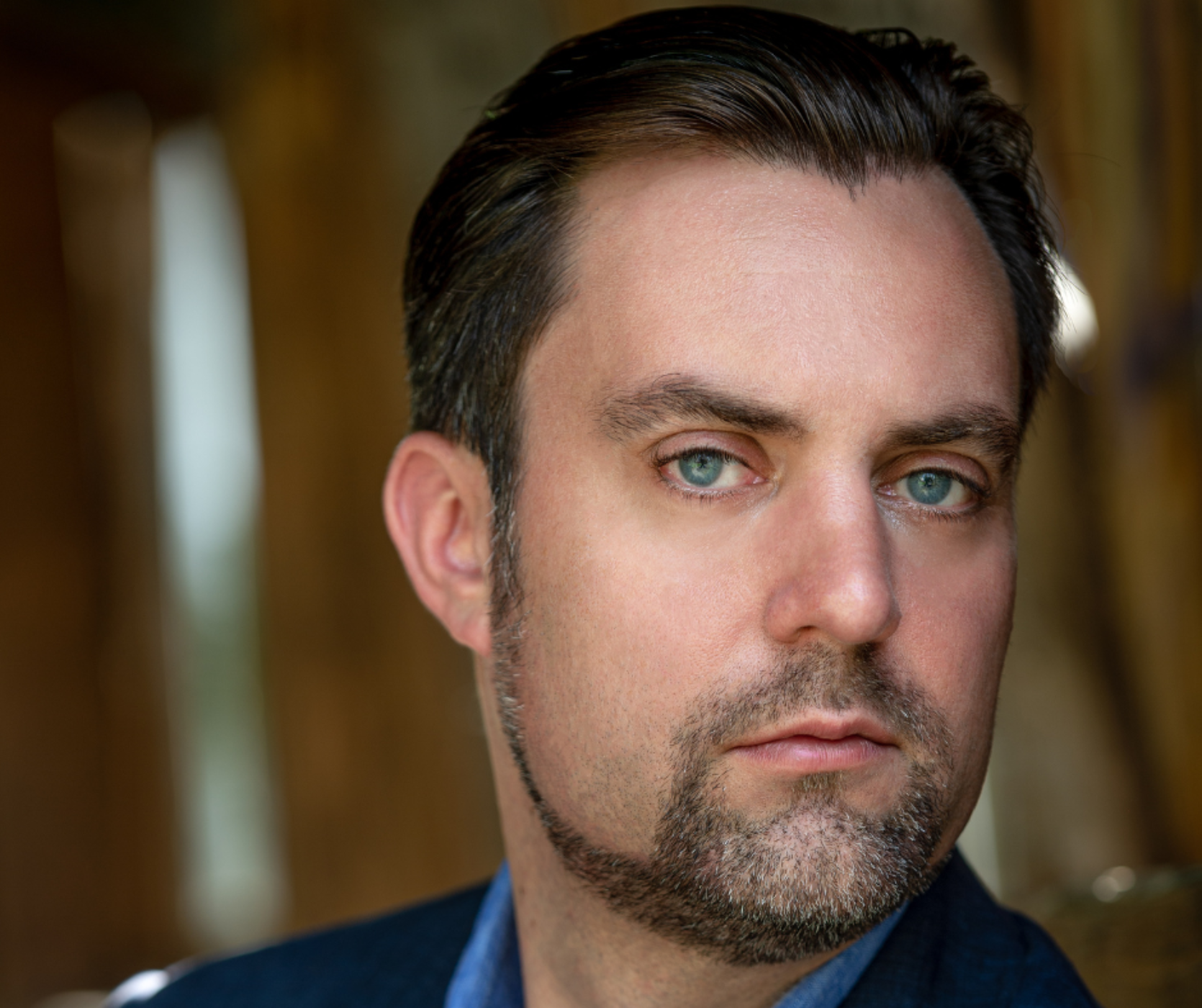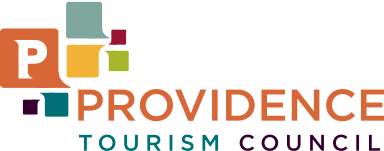THE STORY BEHIND: Brahms' Symphony No.4
Share
On September 19 & 20, Music Director Ruth Reinhardt and the Rhode Island Philharmonic Orchestra will present RUTH REINHARDT INAUGURAL with saxophonist Steven Banks.
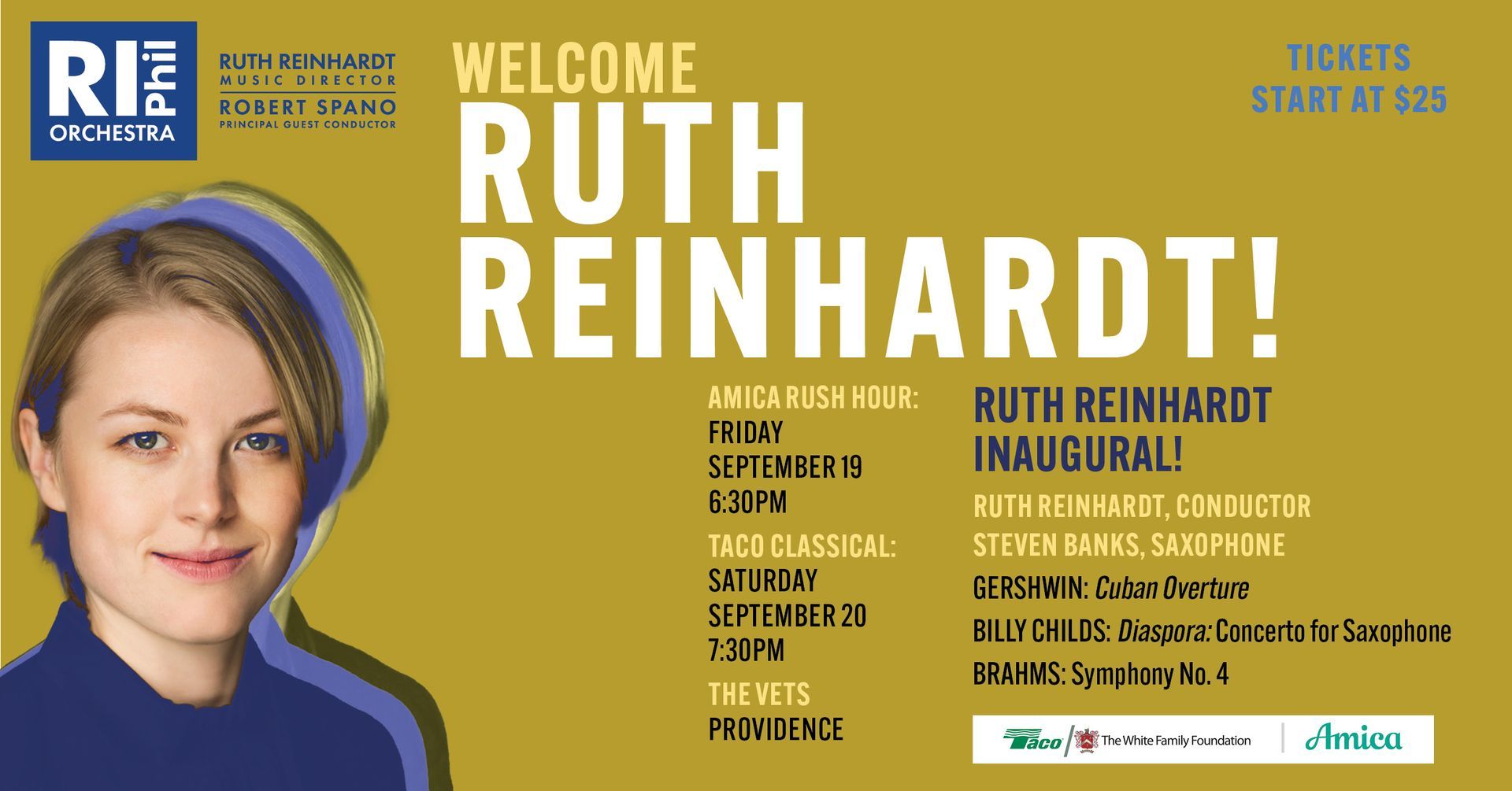
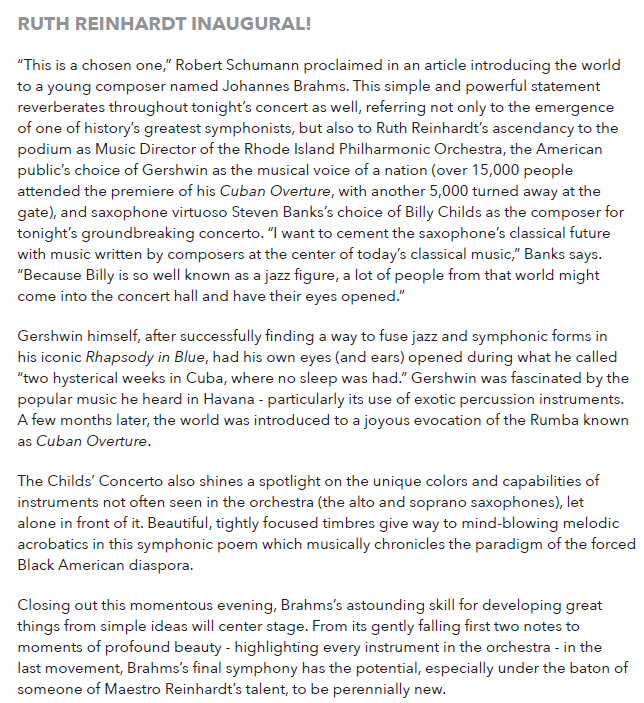
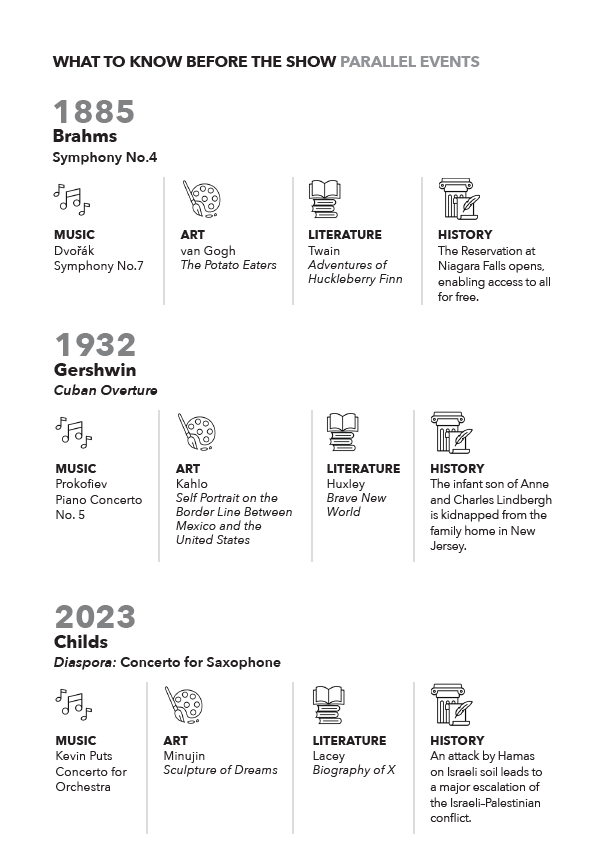
Title: Symphony No.4 in E minor, op.98
Composer: Johannes Brahms (1833-1897)
Last time performed by the Rhode Island Philharmonic:
Last performed September 18, 2021 with Bramwell Tovey conducting. This piece is scored for piccolo, two flutes, two oboes, two clarinets, two bassoons, contrabassoon, four horns, two trumpets, three trombones, timpani, percussion and strings.
The Story: The essence of symphonic music, in the words of Leonard Bernstein (and many others), is development. And although that term can technically refer to a specific section of the classical sonata form, its broader meaning is far more important. In the work of Brahms, it is everything.
It is easy to understand how a composer might start with a compelling melody and then build upon it - adding new variations, complexities, colors and textures - until we appreciate the original in a whole new light. But when Brahms creates one of the 19th
century’s greatest masterpieces out of nothing more than a pair of falling notes, the result is breathtaking.
The opening 2-note theme, played by the violins, is, in fact, a bit breathless itself - a sigh, if you will. Every time it appears, it seems to change direction, compounding its inherent sense of unease. But there is also something passionate about it, a passion which is enhanced by surging waves of arpeggios in the low strings. Eventually, the woodwinds offer a new idea that transitions us to a rhythmic tango presented by the cellos and horns. From there, the themes continuously unfold into an emotional build-up that seems unstoppable, until finally erupting with both power and resolve.
Unison horns, solemn and powerful, usher in the second movement with a reverberant sound that evokes ancient cathedrals and grand processions, largely due to its use of a scale similar to the Medieval Phrygian mode, which Brahms thought expressed “profound need and remorse.” Not to be outdone, the clarinets take up their own version of the theme, accompanied by pizzicato strings, until a warm and flowing second theme seems to conjure memories of a bittersweet past.
A vigorous scherzo follows, full of movement and fury, featuring one of the rare instances in the repertoire where the triangle plays a significant role. A contemporary of Brahms’s aptly noted its “hastening, restless rhythms,” and its “suddenly pulsing energy.” Set in the brightest of keys - C major - and allowing ample time for the wind players to revel in their highest registers, this movement can be a jolt to the senses in the immediate aftermath of the preceding movement.
As in the second movement, Brahms draws upon an important element from music history – this time the
chaconne
- to give shape to his ingenious Finale. Simply put, a
chaconne
takes a bass line (or sequence of harmonies) and repeats it multiple times, each with a new variation crafted above, around, or under it. With reverence, Brahms used the bass line from Bach’s Partita in D minor for solo violin as the foundation for his own
chaconne. And while the tempo marking -
Allegro energico e passionate
– may suggest something joyous and flamboyant, this is music that reflects deep emotional struggle.
At the outset, the main theme is loudly proclaimed by the brass. From there, Brahms’s vast imagination is on full display as he reshapes and recontextualizes the theme in a dizzying myriad ways. There are moments of light and dark, spirited dances, and solemn chorales. It’s a virtuoso demonstration of why Brahms stands in the highest ranks of composers—beauty, profundity, and technique wedded together seamlessly.
Program Notes by Jamie Allen © 2025 ALL RIGHTS RESERVED.
Recommended Recordings:
For Brahms' Fourth Symphony, there are many fine choices. Charles Munch with the Boston Symphony (1958 on RCA) has an autumnal warmth. Carlos Kleiber's Vienna Philharmonic account (1980 on DG) is hyper-focused on fidelity to Brahms' score and delivers intensity and excitement. Then there are the virtuosic performances by The Cleveland Orchestra with George Szell (1966 on Sony) and later with Christoph von Dohnányi (1987 on Teldec.) Earlier, historical performances are also in abundance. Two of the most fascinating and complementary are Toscanini (NBC Symphony on RCA in 1950) and a quasi-improvisational live account with Wilhelm Furtwängler (Berlin Philharmonic in 1943 in various issues.)
Tickets start at $25! Click HERE or call 401-248-7000 to purchase today!


